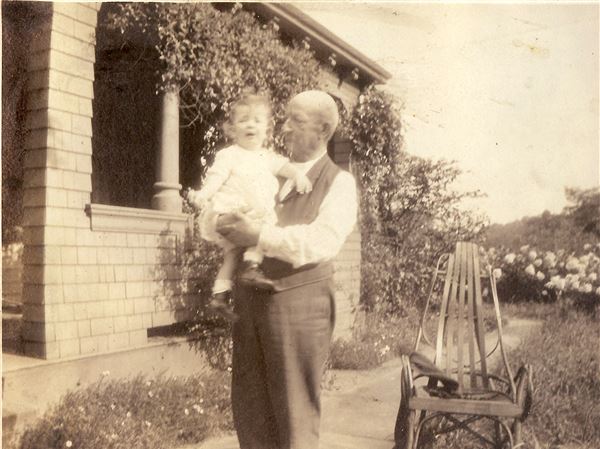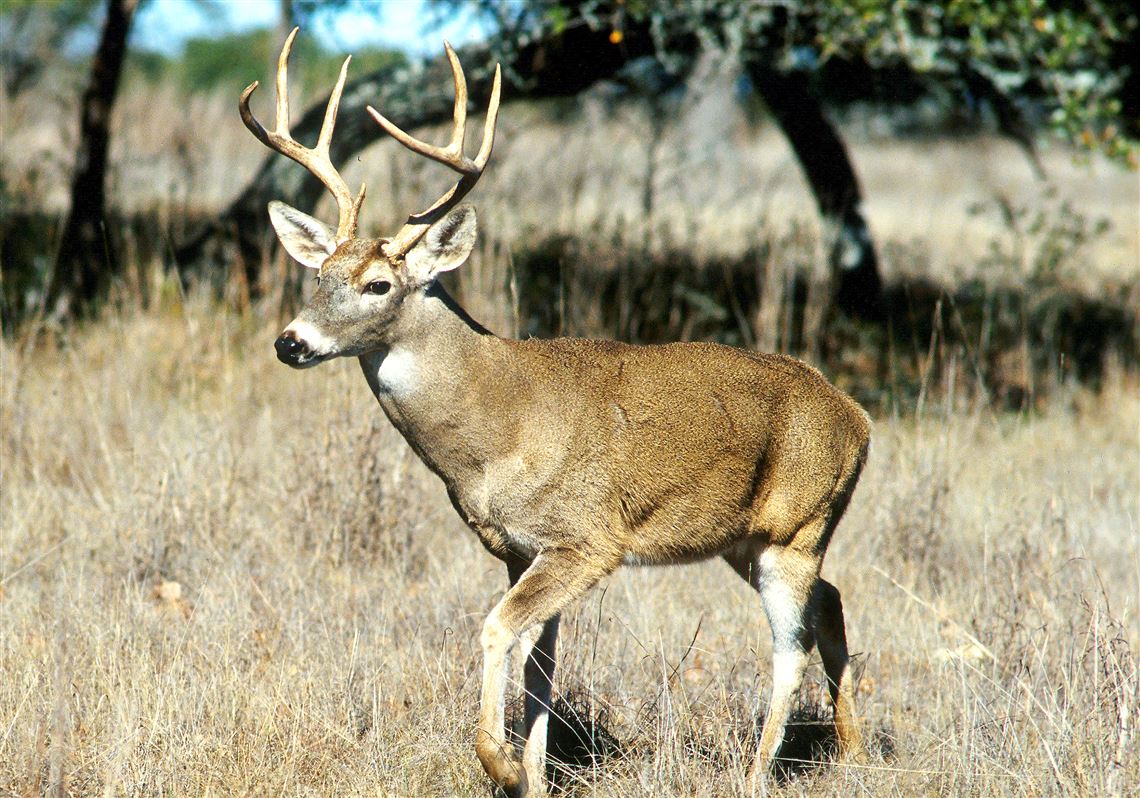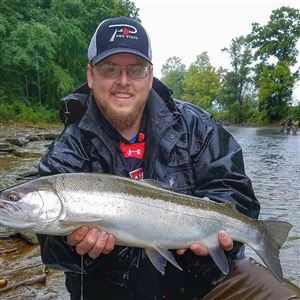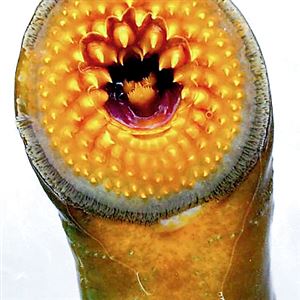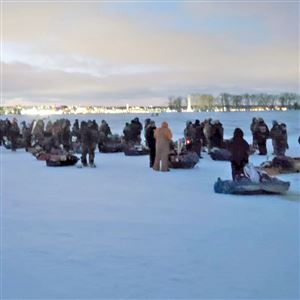It’s all about habitat. Successful hunters understand that deer go where there’s food -- sprouts, grasses, low-hanging leaves, tubers, fruits, nuts. They don’t graze, they browse. A little of this, a little that and they move on.
The state Game Commission understands that habitat improvement projects create new forest growth -- deer smorgasbords that will be nipped to the ground before they can sprout into the habitat needed by every animal in the forest -- including the deer.
Dave Gustafson, Game Commission forestry division chief, is charged with creating a healthy ecological balance throughout Pennsylvania’s 1.5 million acres of state game lands. Paid for mostly with hunter dollars, he said, they were established primarily to provide places where hunters can hunt and trappers can trap.
That’s why the Game Commission cuts some of its forests down.
“Older mature forests have big canopies, but not a lot can grow in their shadows,” said Gustafson. “We want deer, we want people to hunt deer on the game lands. But we also want squirrels and rabbits and grouse and songbirds. Too few deer and the hunters don’t like it. Too many deer and they eat the regenerating areas we’re trying to grow.”
A new Game Commission program invites hunters to target those places on the game lands where habitat-improvement projects are at risk of being destroyed by deer. Deer Hunter Focus Areas direct hunters to forest regeneration tracts that attract deer, thereby increasing hunting opportunities, said Gustafson. The Focus Areas are highlighted on an interactive map and explained in a 23-minute video on the agency’s website.
“We tried it last year for the first time,” he said. “The main objective is to increase hunter access to areas of the game lands where active foresting is going on. If we can open more road access and give hunters a better experience, we can reduce deer damage to sensitive areas and use less deer-exclusion fencing.”
Initial installation of fencing is a pricey $300 per acre, said Gustafson. The project doesn’t call for new roads to be cut into the game lands -- gates to some service roads will be left open.
“If the ground is flat, maybe a hunter will walk 1 1/2 miles to get a remote wilderness experience,” he said. “When we open some of the roads and everyone can get back there, they’ll have to go deeper to look for remote places.”
Early in the 21st century, the Pennsylvania Game Commission was earning $12 million a year from selling logging rights on state game lands. A few years ago the timber market tanked and annual PGC profits from the logging of 6,000 acres dropped to about $5 million. In 2014, said Gustafson, 8,000 acres of game lands were opened for logging, and last year 9,000 acres of timber were sold.
“Every game land has a comprehensive plan written by a forester, a biologist and a land manager. We look at [the timber’s] age class, forest type and distribution throughout the landscape and come up with a plan for how to manipulate that so it’s best for wildlife,” he said. “If you have have trees that are 60 years old, they’re making too much shade for anything to grow. We like to see about 20 percent [of a game land] in the young age class that provides the best habitat for the largest number of animals.”
Trees generally provide the most valuable habitat during their first 15 to 20 years when shoots are growing and leaves hang below the 5-foot browse line. Forests that are 20 to 40 years old provide little benefit to deer, he said, but they’re valuable to canopy- and cavity-dwelling birds and some mammals. Most trees don’t begin to make seeds until they’re at least 30 years old.
“Only big oaks drop acorns,” said Gustafson. “If we do it right, we’ll have some young forest, some middle age and some old forest. If we’re doing that well, it benefits hunters.”
Several Deer Hunter Focus Areas are located in Southwest Pennsylvania: Indiana County, State Game Land 153. Somerset, SGL 111, 228. Westmoreland, SGL 42, 153, 296. Find the complete listing, informational video and interactive map on the Game Commission website at www.pgc.pa.gov.
First Published: October 9, 2016, 4:00 a.m.






